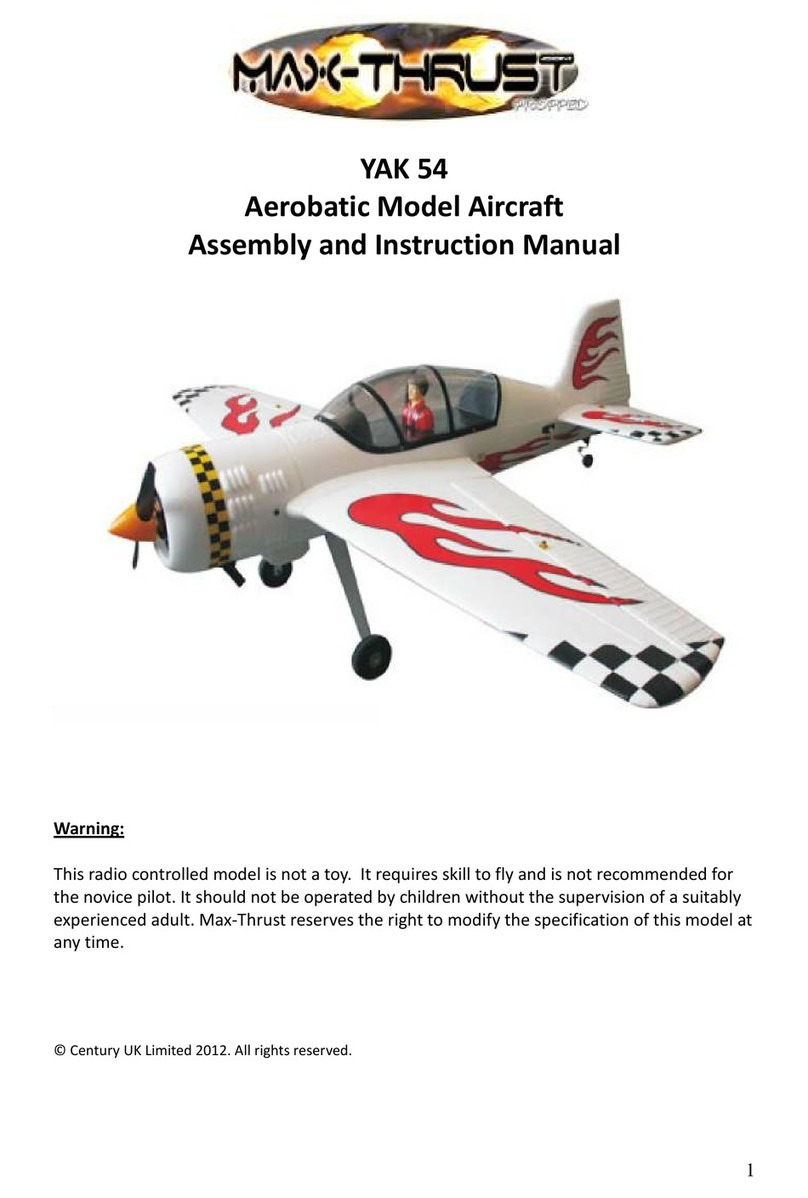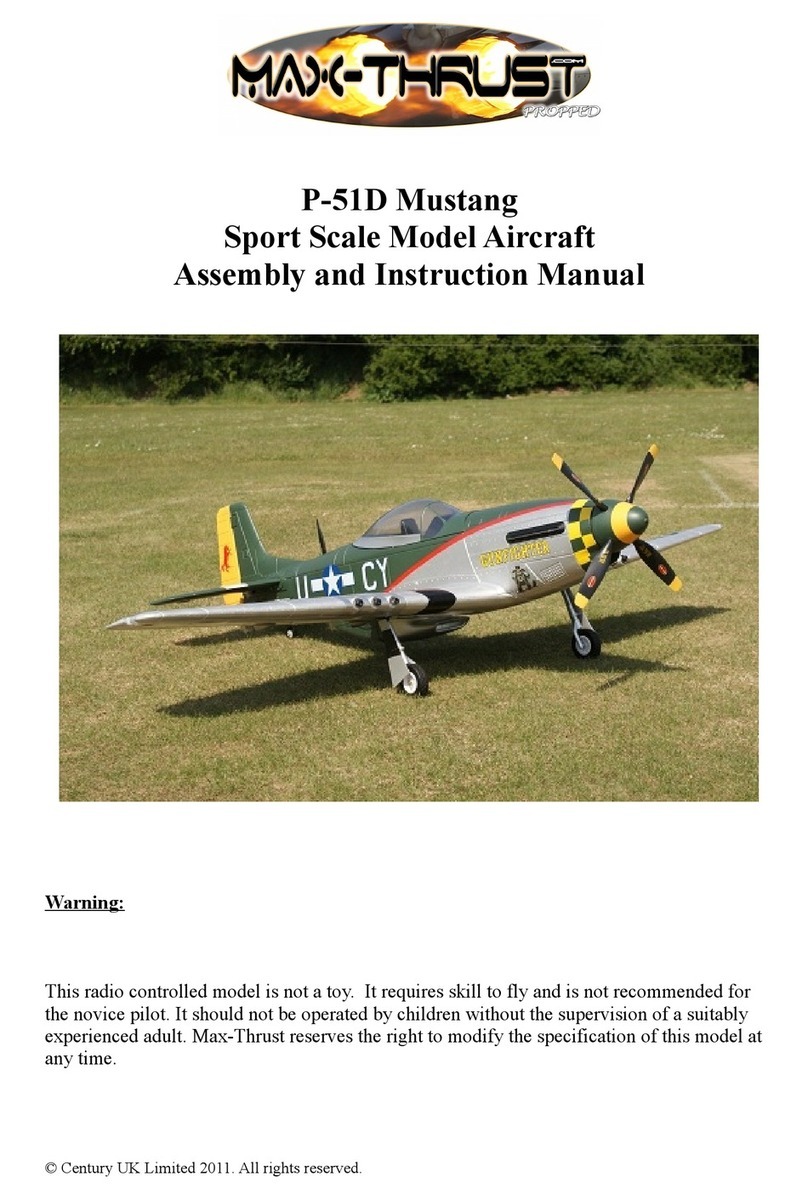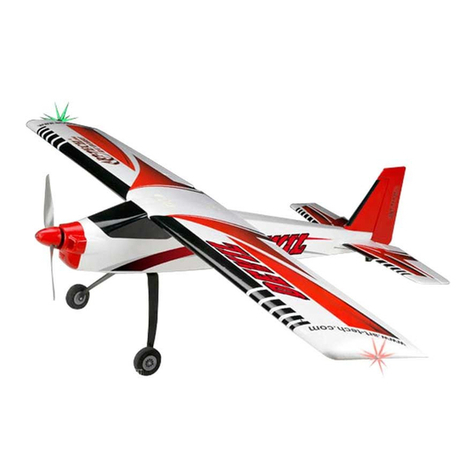Max-Thrust Ruckus Balsa Pro-Build Series User manual
Other Max-Thrust Toy manuals

Max-Thrust
Max-Thrust Douglas A1 Skyraider User guide
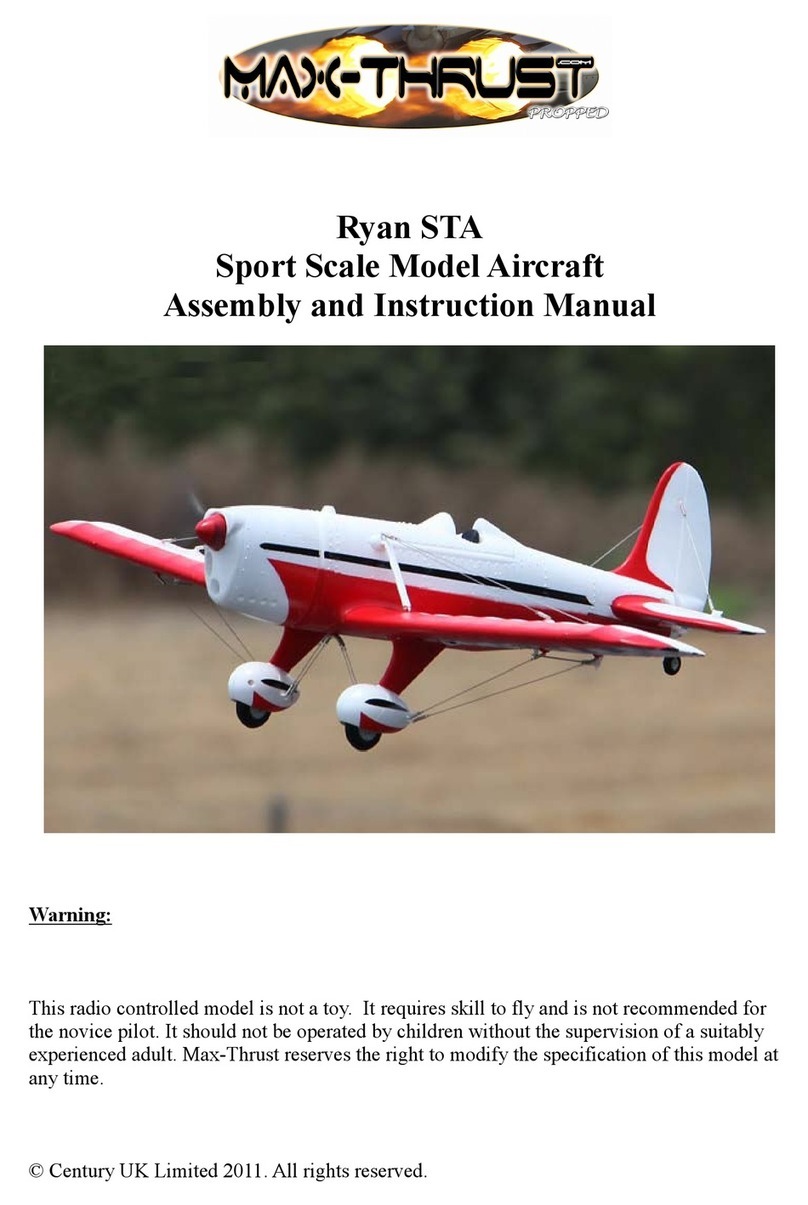
Max-Thrust
Max-Thrust Ryan STA User guide
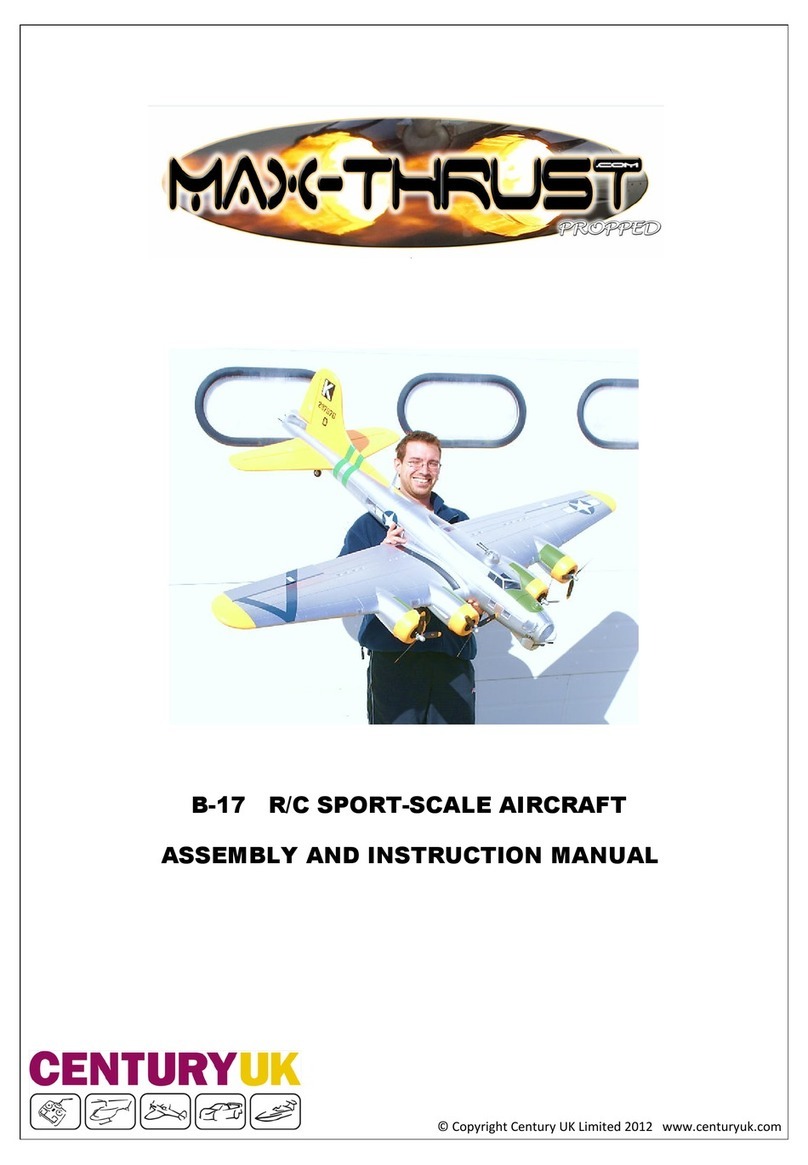
Max-Thrust
Max-Thrust B-17 User guide
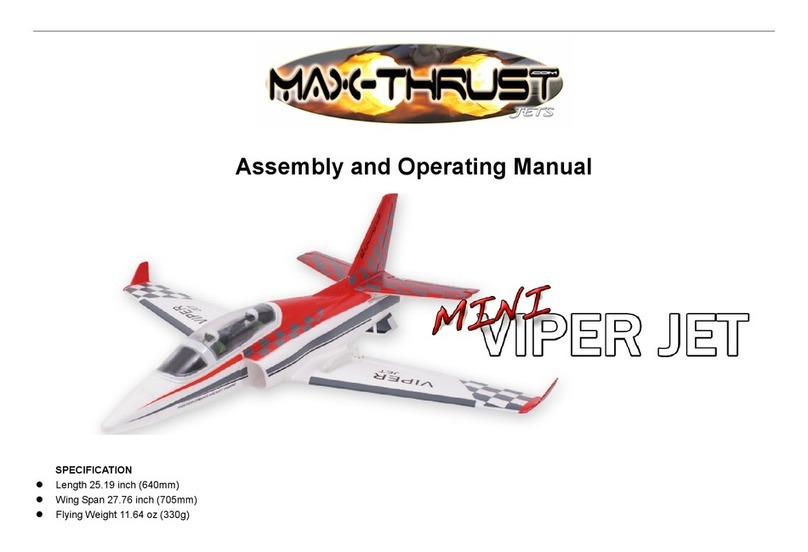
Max-Thrust
Max-Thrust Mini Viper Jet User instructions
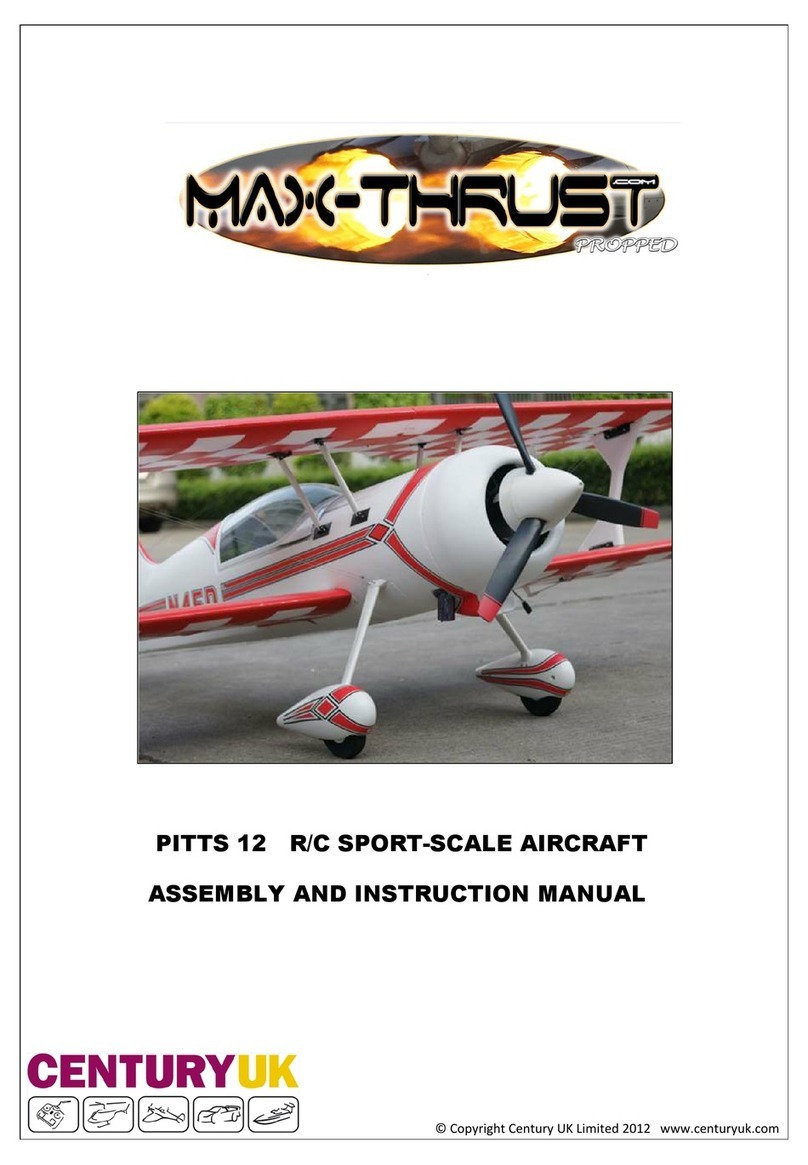
Max-Thrust
Max-Thrust PITTS 12 User guide
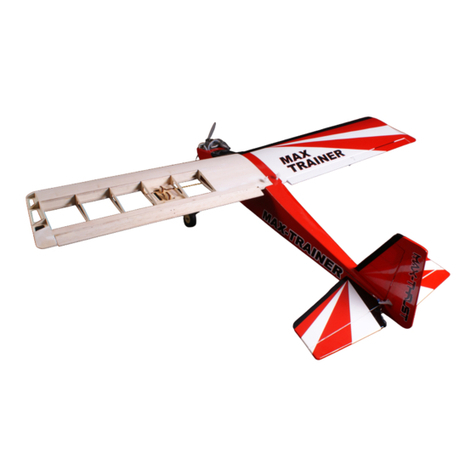
Max-Thrust
Max-Thrust MAX TRAINER Balsa Pro-Built Series User manual
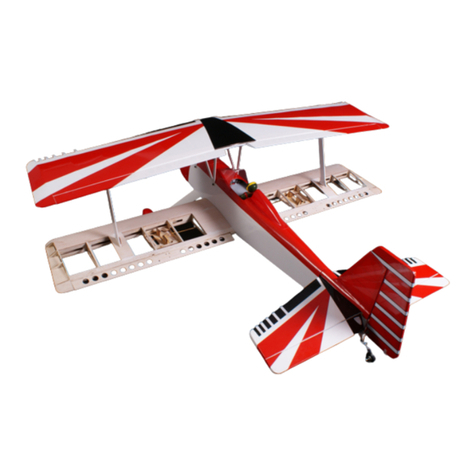
Max-Thrust
Max-Thrust Double Trouble Balsa Pro-Built Series User manual
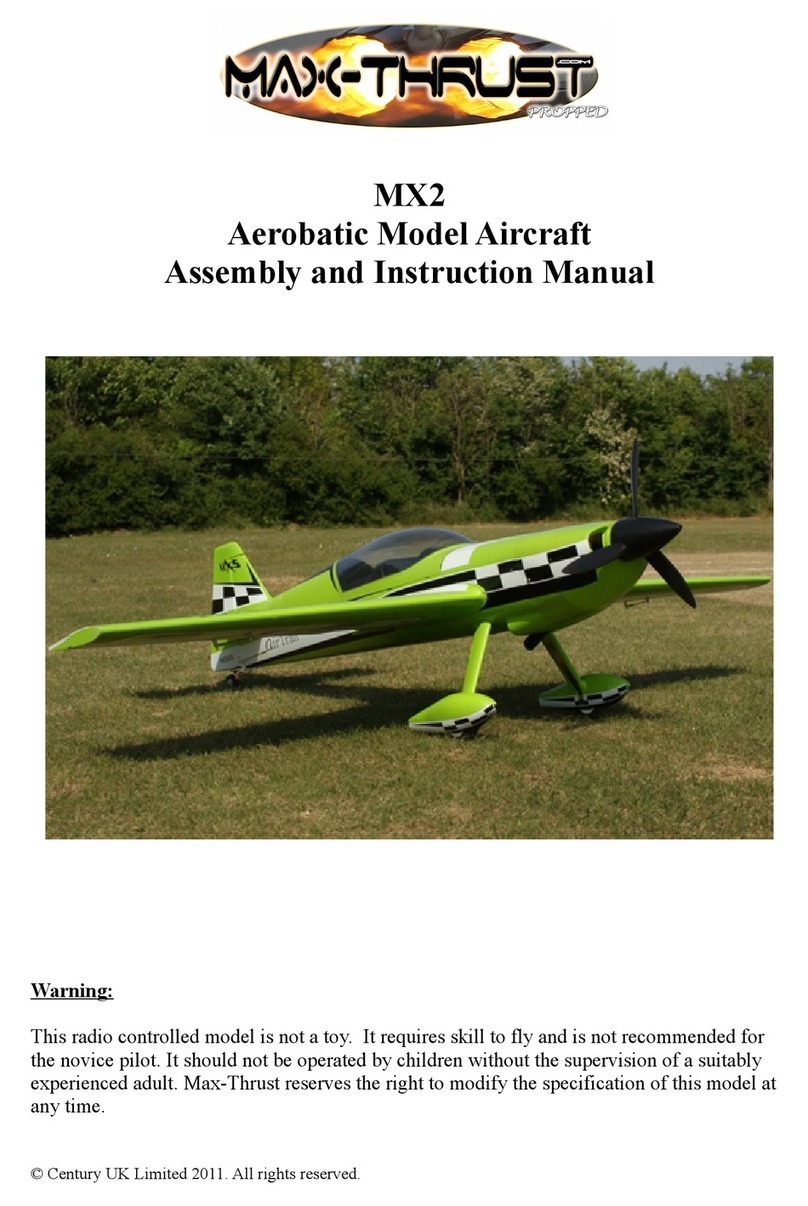
Max-Thrust
Max-Thrust MX2 User guide

Max-Thrust
Max-Thrust P-47 Thunderbolt User guide

Max-Thrust
Max-Thrust APPRENTICE User manual
Popular Toy manuals by other brands

FUTABA
FUTABA GY470 instruction manual

LEGO
LEGO 41116 manual

Fisher-Price
Fisher-Price ColorMe Flowerz Bouquet Maker P9692 instruction sheet

Little Tikes
Little Tikes LITTLE HANDIWORKER 0920 Assembly instructions

Eduard
Eduard EF-2000 Two-seater exterior Assembly instructions

USA Trains
USA Trains EXTENDED VISION CABOOSE instructions
